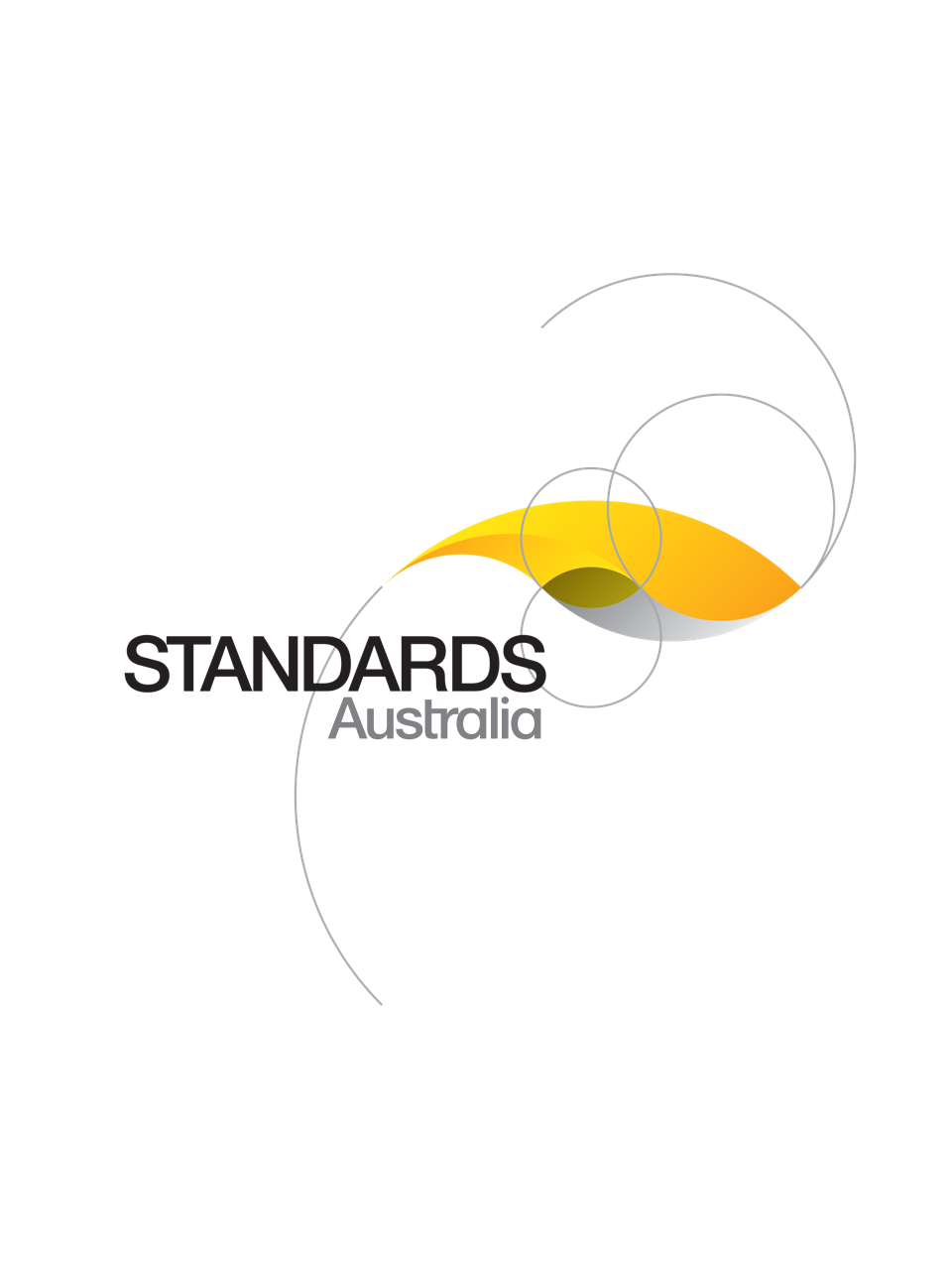Standard
Track updates
AS 4599:2025
[Current]AS 4599:2025 specifies requirements for digital terrestrial television transmissions, including the video, audio, data and closed captions coding, the characteristics of the transport stream, the channel coding, and the modulation system to be used
Published: 24/01/2025
Pages: 67
Table of contents
Cited references
Content history
Table of contents
Header
About this publication
Preface
Introduction
1 Scope and general
1.1 Scope
1.2 Normative references
1.3 Terms and definitions
1.4 Referenced organizations
2 Outline of terrestrial transmissions
2.1 Applicable standards
2.2 Application of DTTB in Australia
2.3 Future television transmissions
3 Coding
3.1 Introduction
3.2 Audio
3.2.1 General
3.2.2 Guidelines for audio encoding
3.2.3 Examples of transmitted audio profiles
3.3 Examples of transmitted resolutions for SDTV and HDTV
3.3.1 Introduction
3.3.2 Examples of transmitted luminance resolutions for SDTV, HDTV and UHDTV formats for Australian DTTB
4 Closed captions
4.1 Introduction
4.2 Enhanced teletext specification
4.3 DVB — Specification for conveying ITU-R System B Teletext in DVB bit streams
4.4 Television systems; Data transmission within Teletext
4.5 DVB —Subtitling systems
4.6 DVB — TTML subtitling systems
5 Service information
5.1 Introduction
5.2 Specification for service information in DVB systems
5.2.1 Scope
5.2.2 Descriptor identification and location
5.2.3 Content descriptor
5.2.3.1 General
5.2.4 Terrestrial delivery system descriptor
5.2.5 Local time offset descriptor
5.2.5.1 General
5.2.6 Parental rating descriptor
5.2.6.1 General
5.2.7 Service descriptor
5.2.8 Event information table
5.2.9 Logical_channel_descriptor (Australian addition)
5.2.9.1 General
5.3 DVB —Implementation and usage of service information
5.3.1 Introduction
5.3.2 Parental rating descriptor
5.3.3 Local time offset descriptor
5.3.4 Application information tables (AIT)
5.4 DVB — Allocation of SI Codes for DVB systems
5.4.1 Introduction
5.4.2 Original network identification coding
5.4.3 Network identification coding
5.4.4 Bouquet_id
5.4.5 Private data specifier values
5.5 Carriage and signalling of TV anytime information in DVB transport streams
6 Data
6.1 Implemented DVB data Standards
6.1.1 DVB specification for data broadcasting
6.1.2 Implementation guidelines for data broadcasting
7 DVB-T Modulation
7.1 Introduction
7.2 Framing structure, channel coding and modulation for digital terrestrial television
7.2.1 Scope
7.2.2 Number of RS-packets per OFDM super-frame
7.2.3 Spectrum characteristics
7.2.4 Out-of-band spectrum mask (for 7 MHz channels)
7.2.5 Centre frequency of RF signal (for 7 MHz channels)
7.2.6 Simulated system performance for 7 MHz channels
7.2.7 Values for 7 MHz channels
7.3 DVB mega-frame for single frequency network synchronization
7.4 Implementation guidelines for DVB terrestrial services — Transmission aspects
8 DVB-T2 Modulation
8.1 Introduction
8.2 Framing structure, channel coding and modulation for a second generation digital terrestrial television broadcasting system (DVB-T2)
8.2.1 Scope
8.2.2 Duration of the T2-Frame
8.2.3 Frame level
8.2.4 IFFT — OFDM modulation
8.2.5 Overview
8.2.6 Spectrum characteristics
8.2.7 T2-frame structure for time-frequency slicing
8.3 Modulator interface (T2-MI) for a second generation digital terrestrial television broadcasting system (DVB-T2)
8.4 Implementation guidelines for a second generation digital terrestrial television broadcasting system (DVB-T2)
9 Spurious and out-of-band emissions limits
9.1 General
9.2 Infrastructure components
9.3 Measurement methodology
9.4 Spectrum analyser settings
9.5 Spurious emissions
9.6 Out-of-band emissions for power class H transmitters
9.7 Out-of-band emissions for power class L transmitters
10 Extended functionality
10.1 Hybrid broadcast broadband TV (HbbTV)
10.2 Uniform resource identifiers (URI) for DVB systems
10.3 Digital storage media — Command and control
11 Measurement
Appendix A
A.1 Teletext for Australian DVB-T transmissions
A.2 Australian operational practice for closed captions
A.3 Identification of closed captions in accordance with ETSI EN 300 472
A.3.1 PES syntax
A.3.2 Variations to program time stamping (PTS)
A.4 Display of captions on live programs
Appendix B
B.1 Introduction
B.2 Implementation of SFN
B.2.1 SFN parameters
B.2.2 Types of SFN implementation (e.g. 1 + 0, 1 + 1, 1 + n)
B.2.3 SFN timing structure
B.3 SFN feed types
B.3.1 General
B.3.2 Wide area SFNs and SFN self-interference areas (“mush zone”)
B.4 SFN design and implementation
B.4.1 SFN feasibility and coverage planning
B.4.2 Differences between coverage prediction and planning
B.4.3 Guard intervals and SFN planning
B.4.4 TPS within an SFN
B.4.5 Modulator interoperability and timing matching
B.4.6 Special considerations of on-channel repeaters
B.4.7 Example A: Simple SFN study using desktop methods
B.4.8 Example B: Complex SFN study using coverage prediction software
B.5 DVB-T receiver system design
B.5.1 DVB-T receivers
B.5.2 Receive antenna performance and orientation
B.6 Potential implementation issues
Appendix C
Bibliography
Cited references in this standard
[Current]
Codes for the representation of names of countries and their subdivisions, Part 1: Country code
[Current]
Codes for the representation of names of countries and their subdivisions, Part 2: Country subdivision code
[Current]
Information technology - 8-bit single-byte coded graphic character sets - Part 1: Latin alphabet No. 1
[Current]
Information technology - Coding of moving pictures and associated audio for digital storage media at up to about 1,5 Mbit/s - Part 3: Audio - Technical Corrigendum 1
[Current]
Information technology - Generic coding of moving pictures and associated audio information - Part 2: Video
